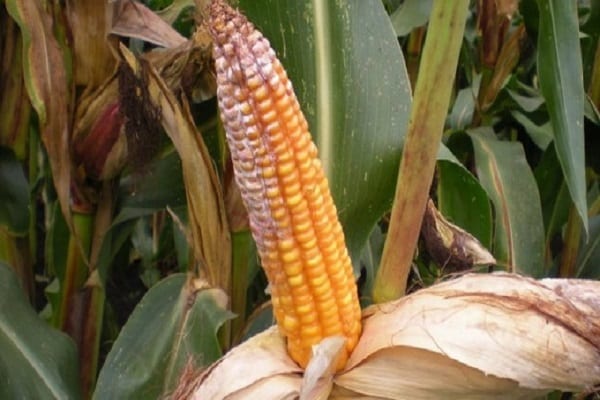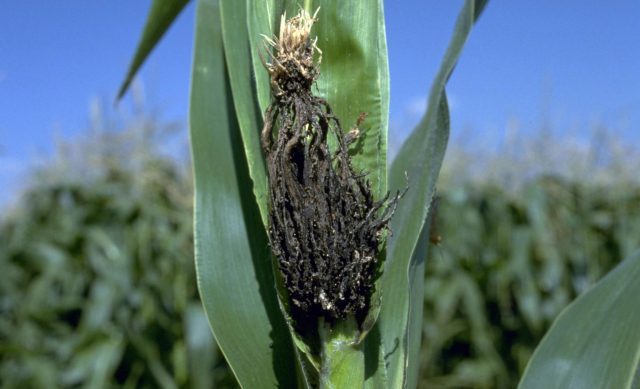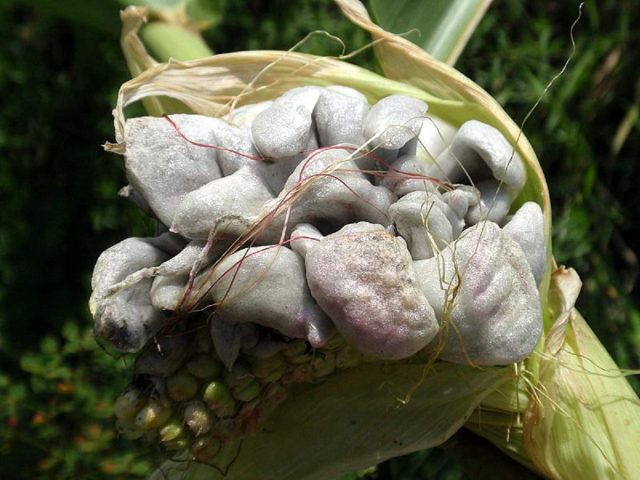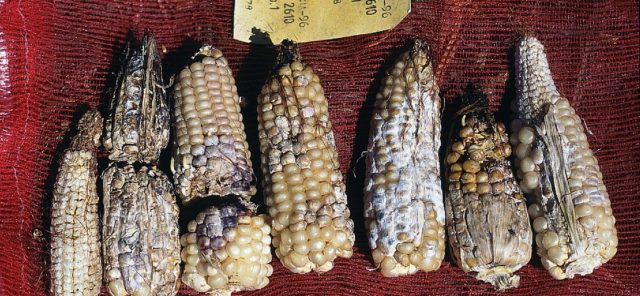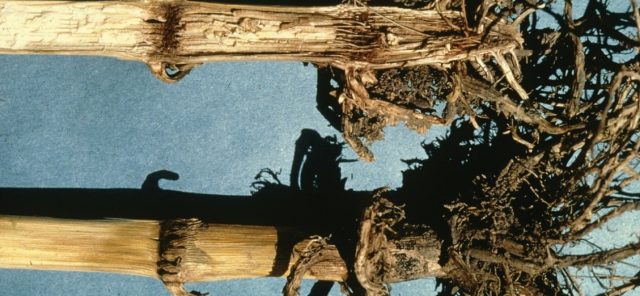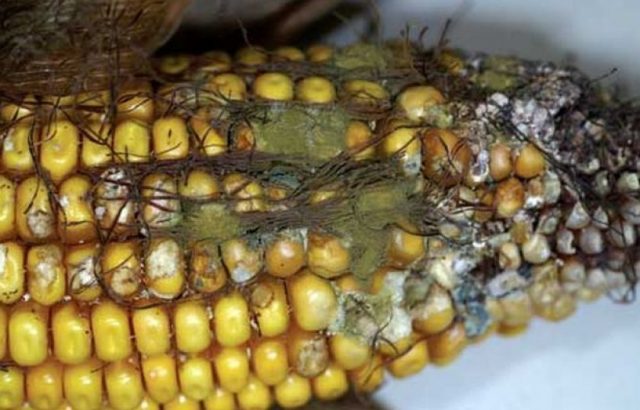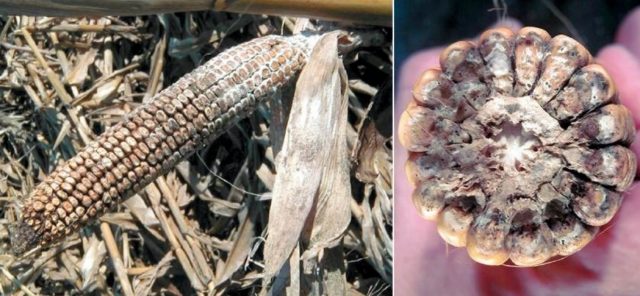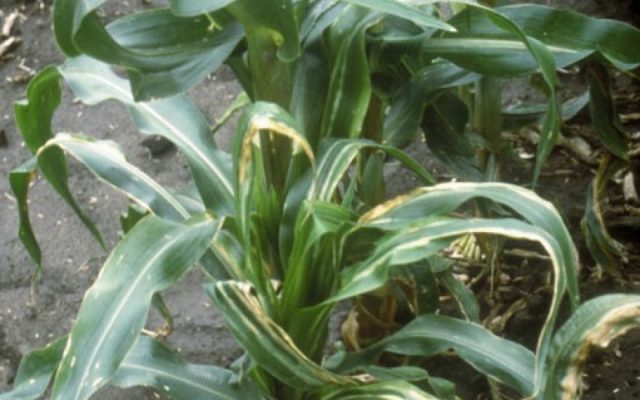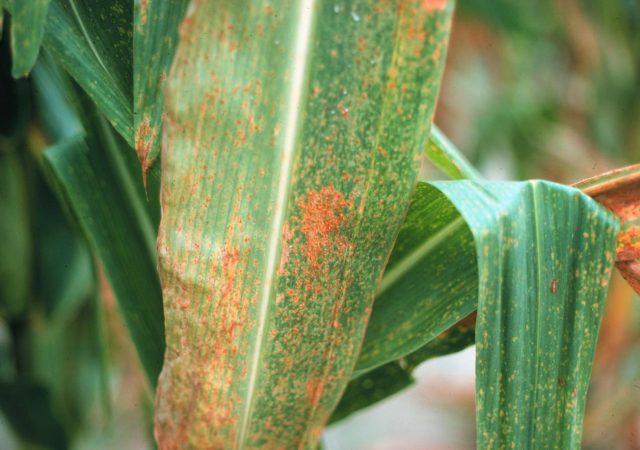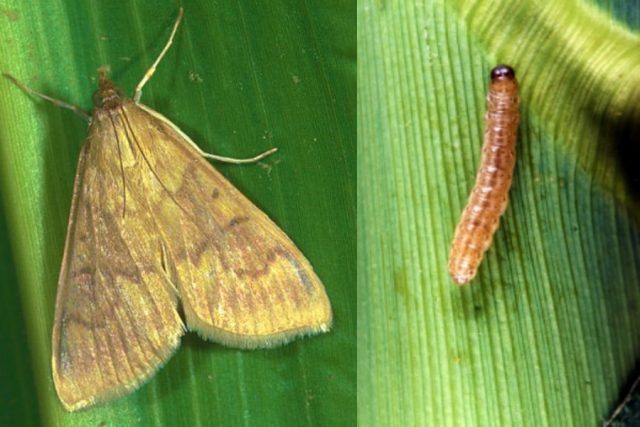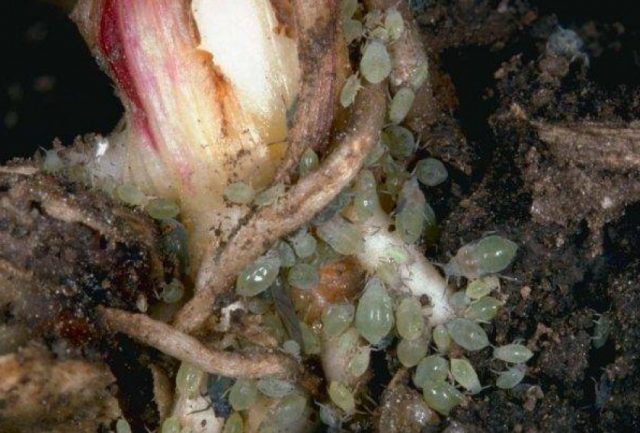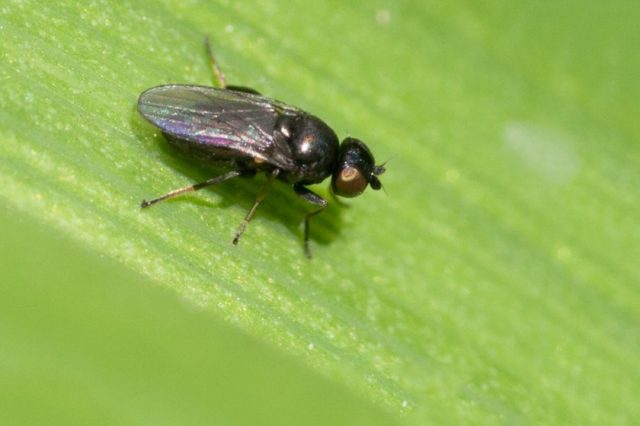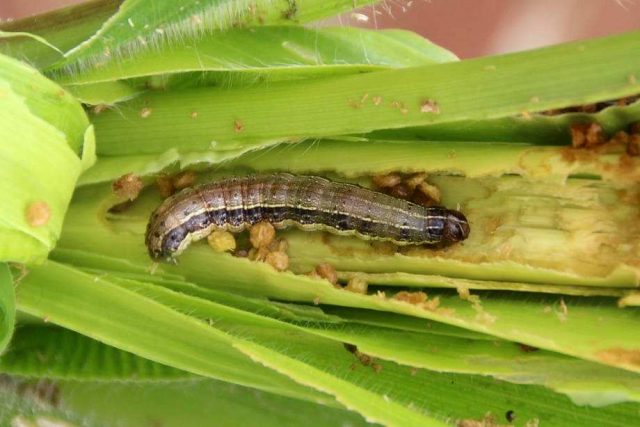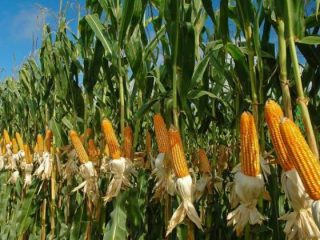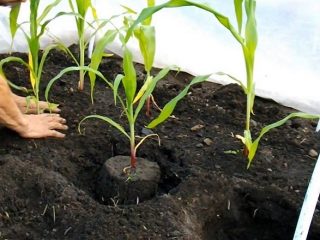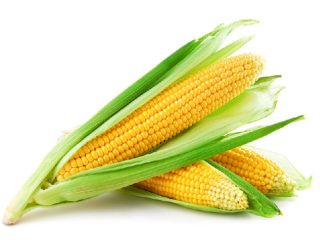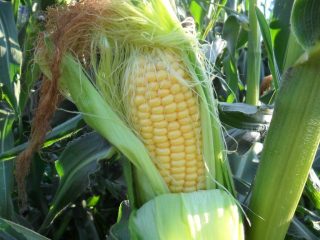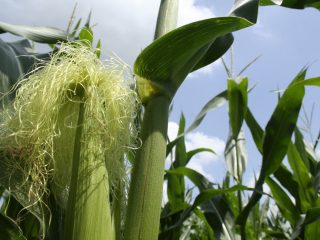Content
Corn crops do not always yield the expected yield. During the growing season, the grain crop can be attacked by various diseases and pests of corn. To avoid this, you need to closely monitor the growth process of the cereal. At the very first sign of a disease or in the presence of various pests, it is necessary to start an active fight with them.
Maize diseases and control measures
The main causes of various diseases in the corn crop are fungi, bacteria or viruses. If the problem is not identified in time, the plant may die. If you regularly engage in prevention, you can get rid of any infections and infections.
Dusty smut
It is a disease that affects the panicles and ears of corn. Its causative agent is a fungus. The first symptom of this ailment is damage to the corncob and panicle. Outwardly, the plant looks weak, it can grow in the form of a bush. The panicle is densely covered with a black substance that, when touched, becomes dust. Corn cobs grow very slowly, while drying and turning black.
In order not to face this infection, you need to treat the soil with disinfectants, moisten it and loosen it. On the eve of sowing, it is necessary to treat the land with a fungicide.
Bubble smut
A disease caused by a fungus. It covers the part of the corn that is above the ground. At the sites of damage, green bubbles appear, which eventually turn black. It is in these formations that harmful spores appear. Infected corn is weakened by other infections. If you do not take action, the plant will die.
Fusarium
This disease can affect corn at any stage of growth. The infection is caused by mold that develops in the remains of the culture. If the spores are in the soil, the seeds can rot. If they sprout, the sprouts will darken very quickly and die. Plants that have managed to grow from infected seeds are very weak and grow poorly, producing very small ears.
To avoid contamination, sowing must be carried out in a timely manner. The soil for sowing seeds should be as warm as possible, well fertilized. On the eve of sowing, the soil and seeds should be sprayed with a fungicide.
Stem rot
This is a fungal infection that manifests itself during the milky stage of the grain crop. Fungal plaque affects leaves and stems. Over time, they dry out and break. The main source of infection is corn residues in the ground after harvest. That is why all plant waste must be removed especially carefully. To avoid contamination, it is necessary to plow well and cultivate the land before sowing. Create the correct moisture regime for the grain crop and sow the seeds not very thickly.
Helminthosporium or brown spot
This fungal disease mainly affects the leaves. But in some cases, the ears and roots are affected. The first symptoms appear as dry brown spots on the leaves, which gradually increase in diameter. Infection is catalyzed by high humidity and cold conditions.
Disease prevention is the selection of the right variety and seed treatment. Also a prerequisite is thorough soil preparation.
Cladosporium
A fungal infection that invades damaged grains and covers them with dark mold. If such seeds are planted, the sprouted stems will quickly disappear, which will significantly reduce the yield. To avoid contamination of the culture, you need to disinfect the soil and seeds before sowing. Also, in order to prevent the occurrence of disease in corn kernels, you should provide a normal level of moisture for the plant.
Diplodiasis
This fungal infection manifests itself as stem rot. The disease destroys the ears and causes the leaves to stick together. Infected seeds are believed to be the source of the disease. Before sowing, it is necessary to treat the soil and grain with a fungicide. For germinating sprouts, proper hydration must be provided.
Wilt
This disease is also called bacterial wilt of corn. It mainly affects the leaves. First, colorless stripes appear on them, after which the leaves curl and gradually dry out. If the infection is very strong and covers the entire plant, then it can quickly die. If such an infection is detected on the site, you need to mow and burn all the remnants of corn and weeds... It is possible to sow a grain crop on this soil only after 3 years.
Rust
The causative agent of the infection is a fungus. The disease affects the leaves and stalks of corn, and many yellow spots appear on them. Gradually, the specks turn into small pockets with harmful spores. During the growing season, the wind carries these spores from sick to healthy specimens. Infection with this disease leads to complete drying of the corn.
Maize pests and control measures
For the corn crop, not only diseases are dangerous, but also various pests. They can attack not only the ground part, but also harm the root system. To combat these enemy insects, there are many chemicals and folk remedies.
Stem moth
The corn moth harms not only the terrestrial part of the crop, but also its root system. The insect also carries various bacteria from infected plants to healthy stems. The biggest harm is caused not by the moth itself, but by its 25mm yellow caterpillar with a black stripe on its back.
This pest eats up the leaves and makes many wide holes in the stem, it can also get to the cobs and spoil the grains. In damaged specimens, the stems break, the ears deteriorate. To prevent the corn moth from attacking the site, you need to clear the area of weeds and spray the planted soil with protective agents.
Root aphid
The most favorable conditions for this pest are hot and dry weather. After an aphid attack, corn stops growing, and its leaves turn yellow and dry. If the insect does not damage all the plants, then only the affected can be sprayed. In this way, you can prevent the spread of root aphids throughout the crop. To combat such pests, fungicides and insecticides are used. An important factor is the selection of suitable varieties of corn and careful processing of the grain before sowing.
Swedish fly
This pest attacks at the stage of germination of corn stalks. Fly larvae spoil young shoots, resulting in slow growth and poor cob formation. After damage, corn stalks become very thick, and the leaves darken. For prevention, you need to feed the mail with fertilizers with nitrogen and treat the plant and seeds with special preparations.
Wireworm
This pest damages seeds and sprouted stems. The wireworm attacks within one field, on the most favorable soil for it.After the attack of the pest, the stems wither, and holes appear on the leaves. The wireworm has lived in the same soil for several years. It is located next to the damaged plant. To remove this insect, you need to plow the land well and treat it with special chemicals.
Scoops
This pest eats up the ground part of the corn. The most dangerous are cotton and meadow moths, as they eat a lot. First, insects destroy the leaves, and then eat the cobs. To avoid the appearance of this pest, you need to carefully get rid of the residues after harvesting, plow the ground deeply and set up special traps.
Prevention measures against diseases and pests
Disease and pest prevention should begin at the seed picking stage and end with harvest.
The main methods of preventing the appearance of pests and infections include the following:
- breeding varieties that will be resistant to pests and bacteria;
- for sowing, it is better to choose grains of early maturing varieties;
- disinfection of grains before sowing;
- thorough treatment of the land with fungicides and fertilizers;
- deep plowing of the soil;
- thorough cleaning of the soil from weeds and crop residues;
- sowing must be carried out in a timely manner, and harvesting - in a short time;
- the plant needs to be processed several times, it is considered especially vulnerable during the growing season;
- you need to possess certain information about the symptoms of diseases and signs of pest infestation;
- do not sow corn on contaminated soil for three years.
Conclusion
Diseases and pests of corn are frequent guests in the fields of farms and backyard gardens. To get a good grain yield, you need to closely monitor the plant at all stages of growth. This is the only way to timely identify the first symptoms of diseases and notice the appearance of pests. A quick and systematic fight against these negative phenomena will help to save the future harvest.
